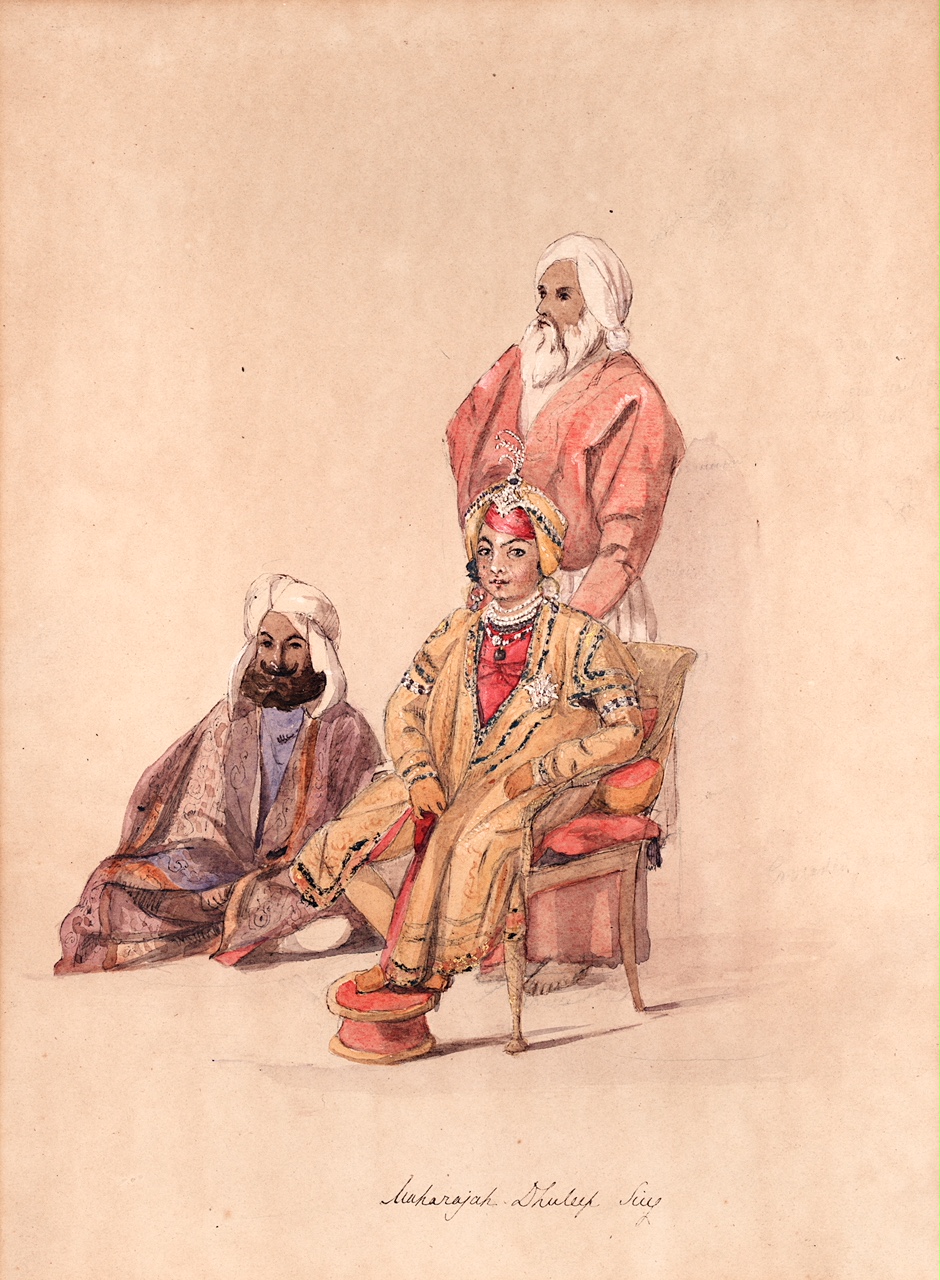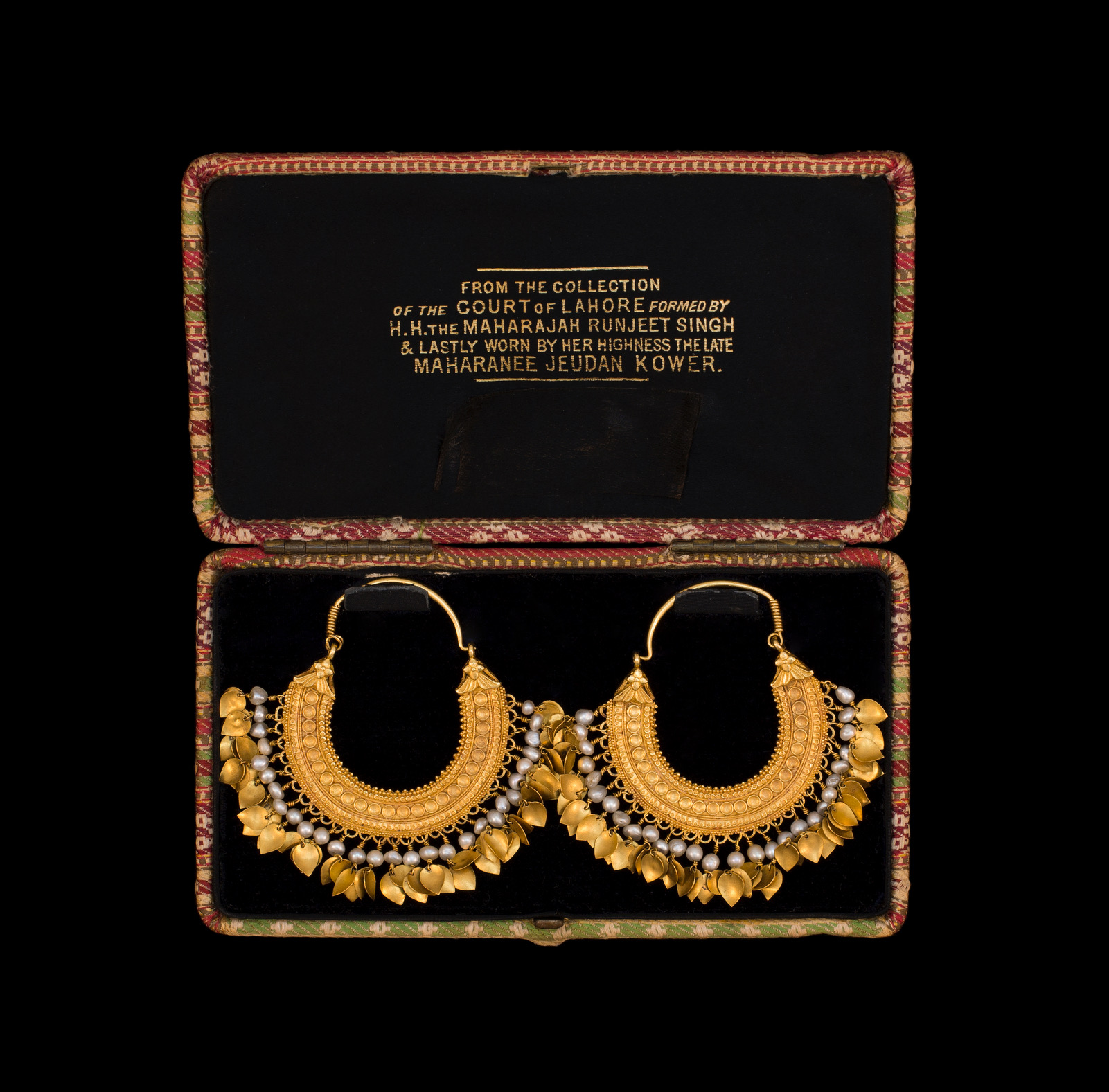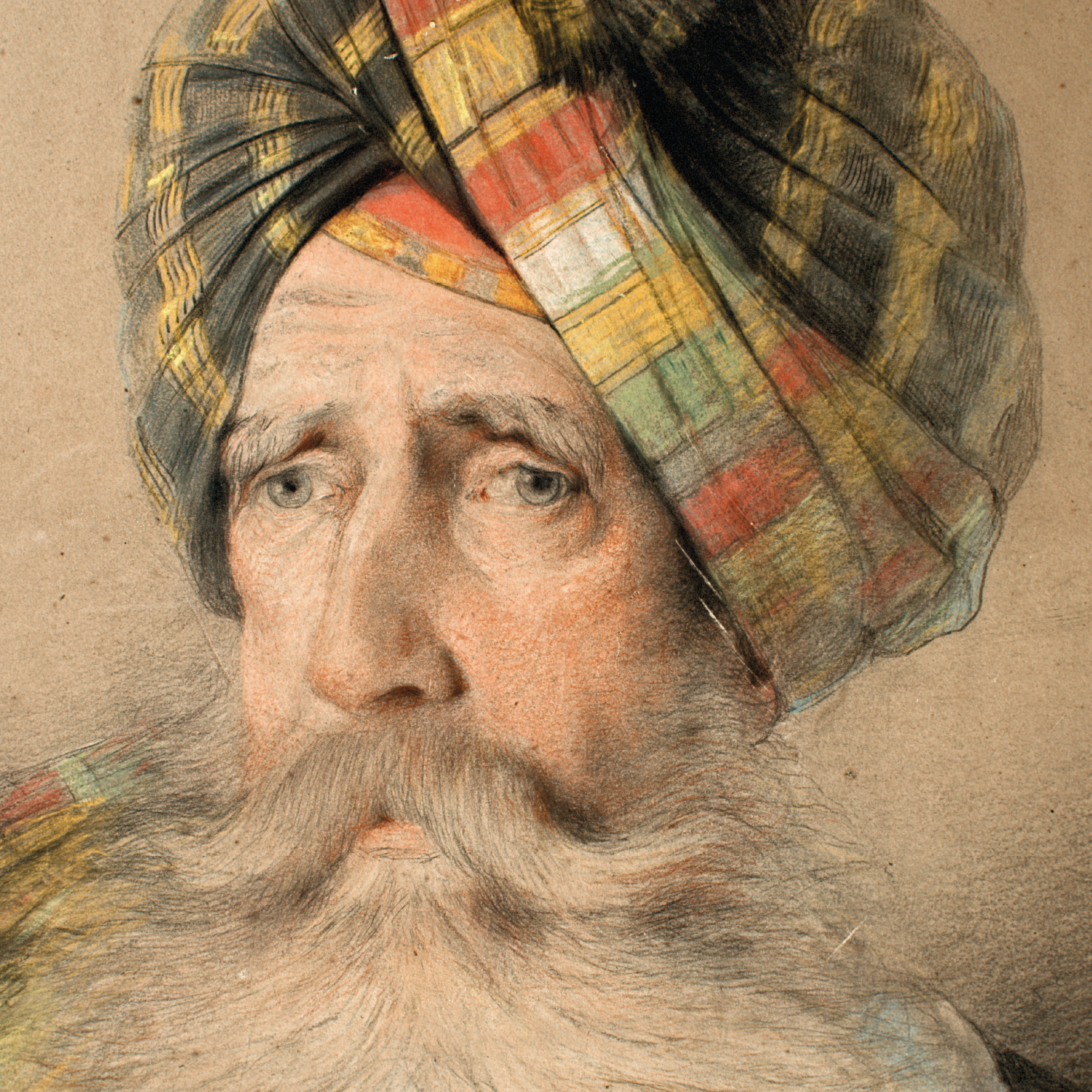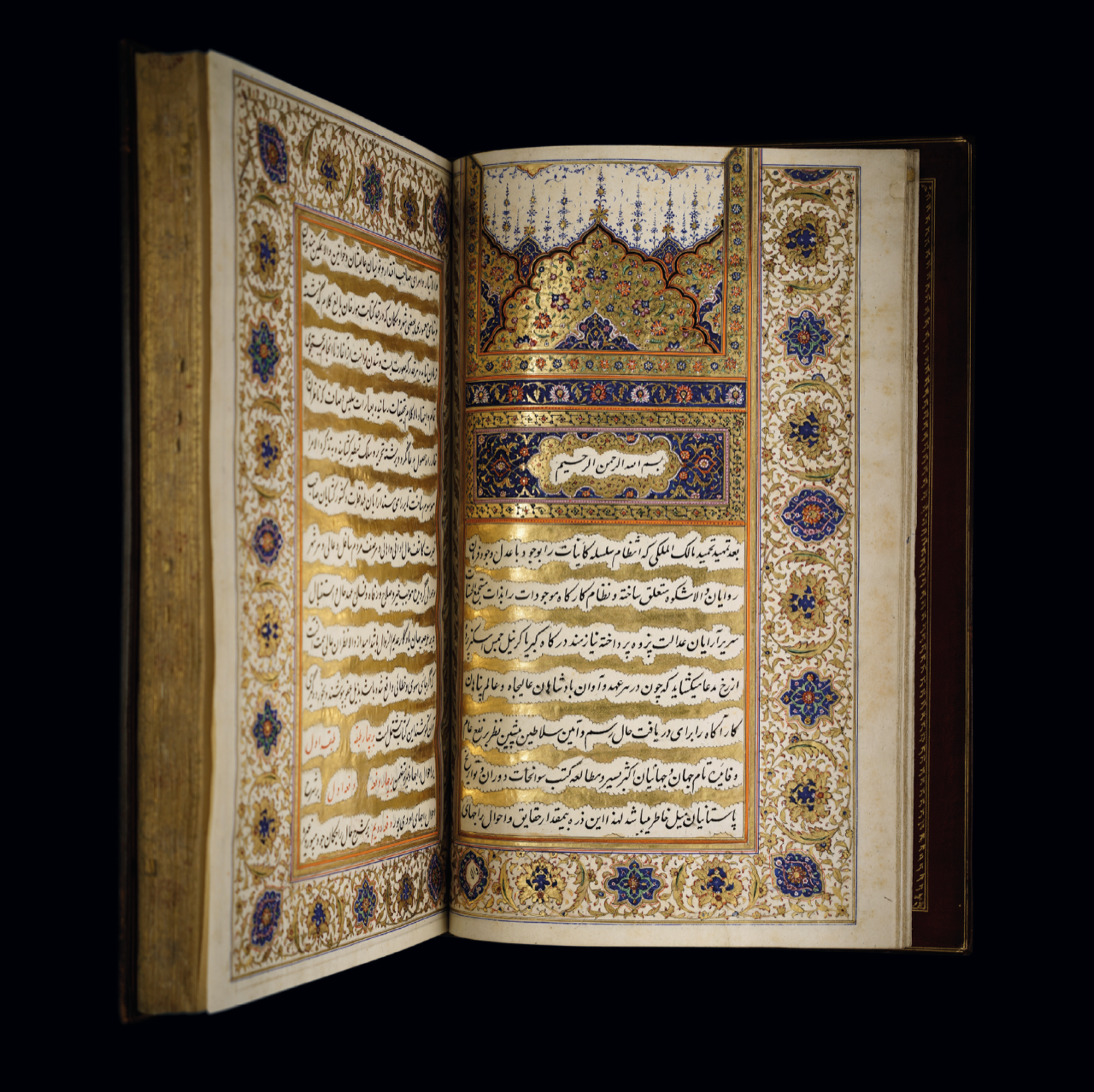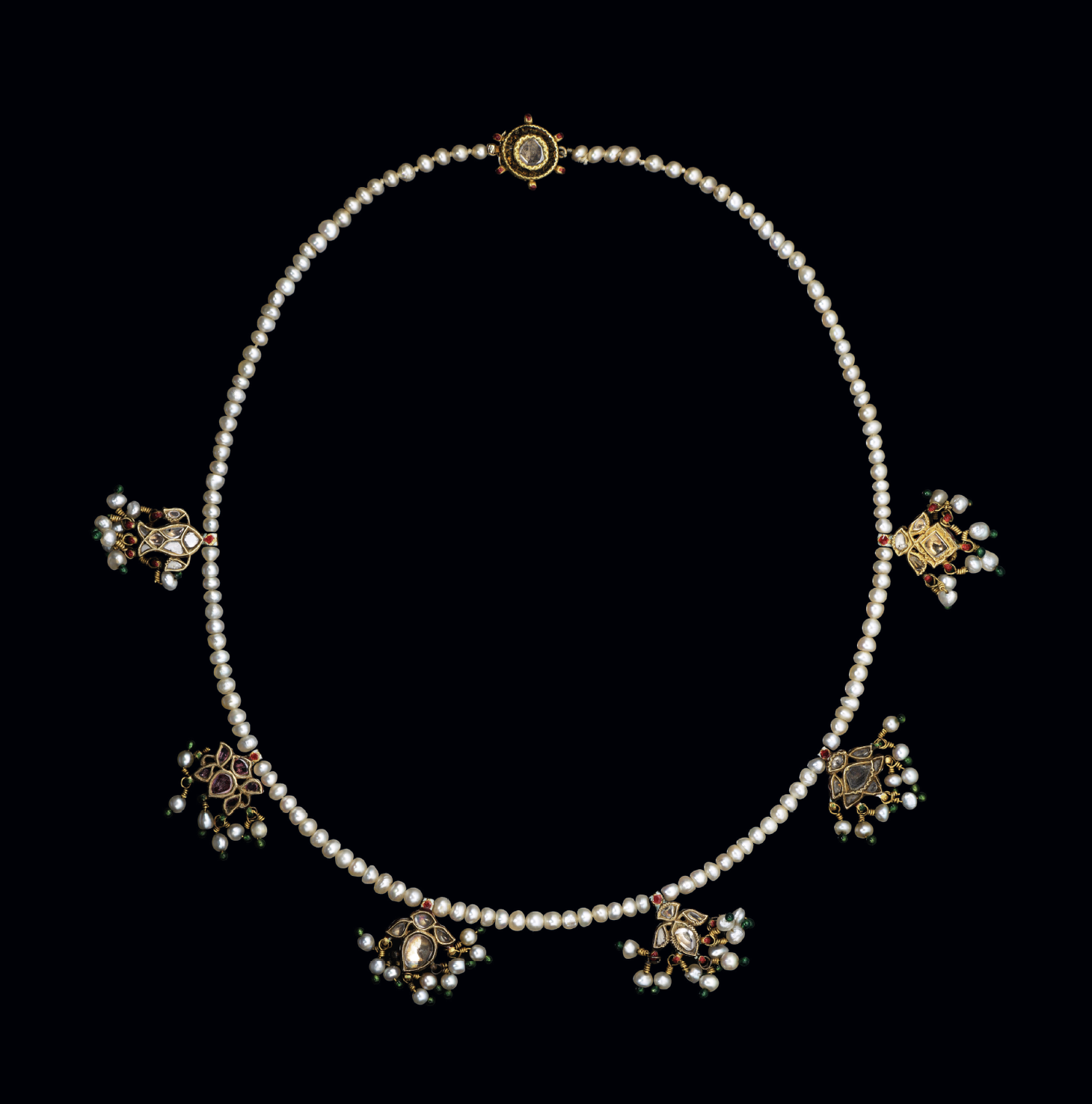Two centuries ago, Punjab’s Sikh ruling elite lavishly patronised artists and craftsmen to enhance the extraordinary splendour of their flourishing empire. From the corridors of power at the royal court to the vast parade grounds where thousands of sturdy Punjabi recruits were drilled in French military manoeuvres, a sumptuous array of objects fit for Sikh kings, queens, warriors and saints, were produced by skilled artisans to reflect a vibrant and potent new power on the world’s stage.
By the middle of the 19th century, the Sikh Empire had met its demise at the hands of the East India Company. With the loss of Sikh patronage, artistic production switched to serve the tastes of the new colonial rulers, bringing to an end a unique cultural endeavour.
Over the following century and a half, authentic Sikh artefacts were dispersed across the globe, primarily as official gifts or auction purchases but also as loot and prized trophies of war. Some of these remnants of a long-lost empire ended up in institutional collections in Victorian Britain while others were eagerly bartered and sold by collectors.
One such collector, Davinder Toor, pursued his passion to create the Toor Collection – arguably the world's finest private collection of Sikh art – as a lasting legacy to the empire of the Sikhs.

